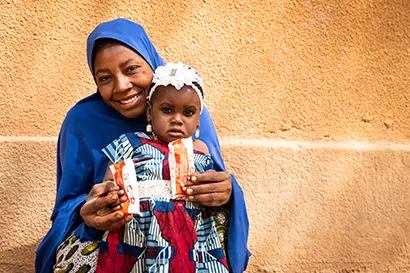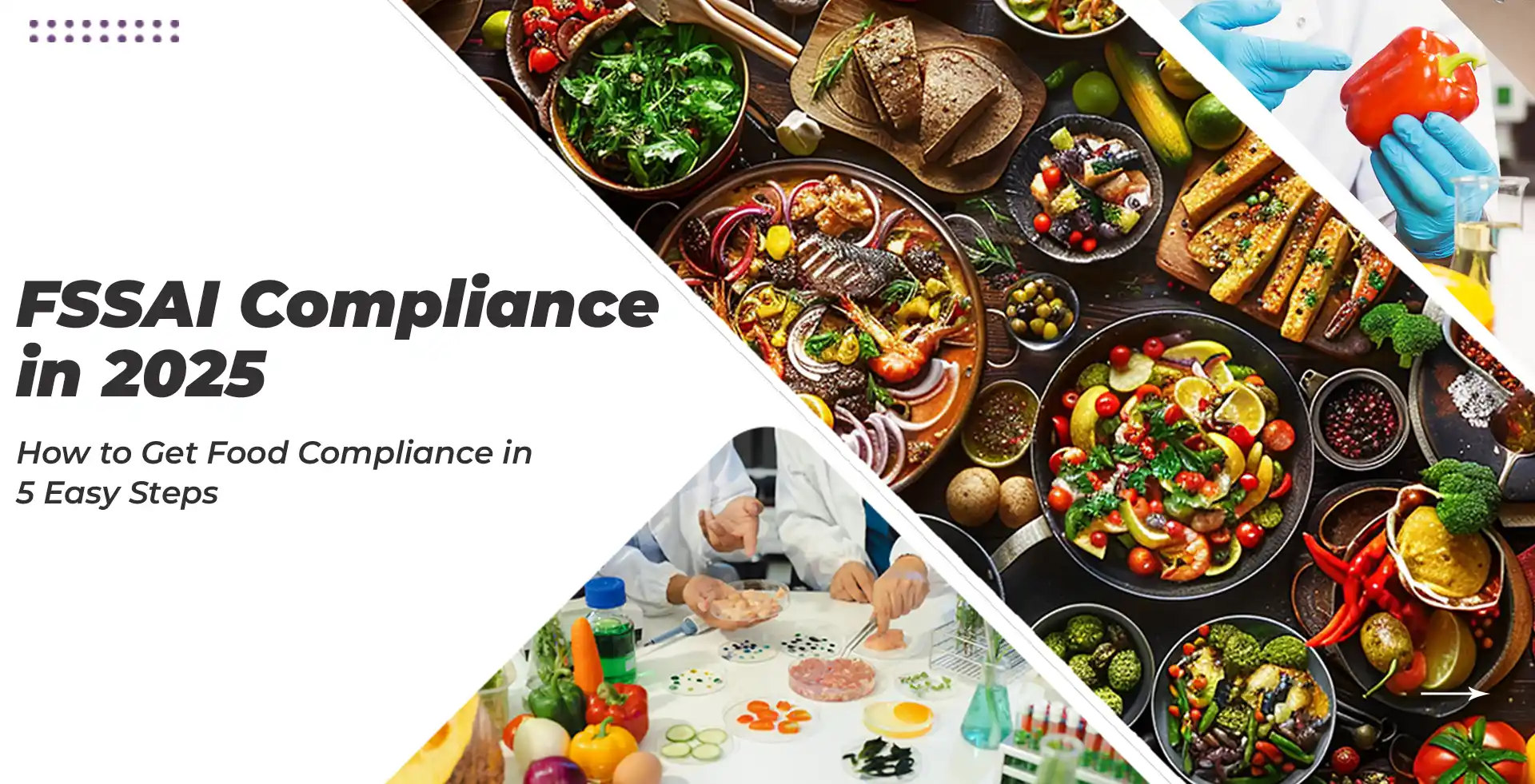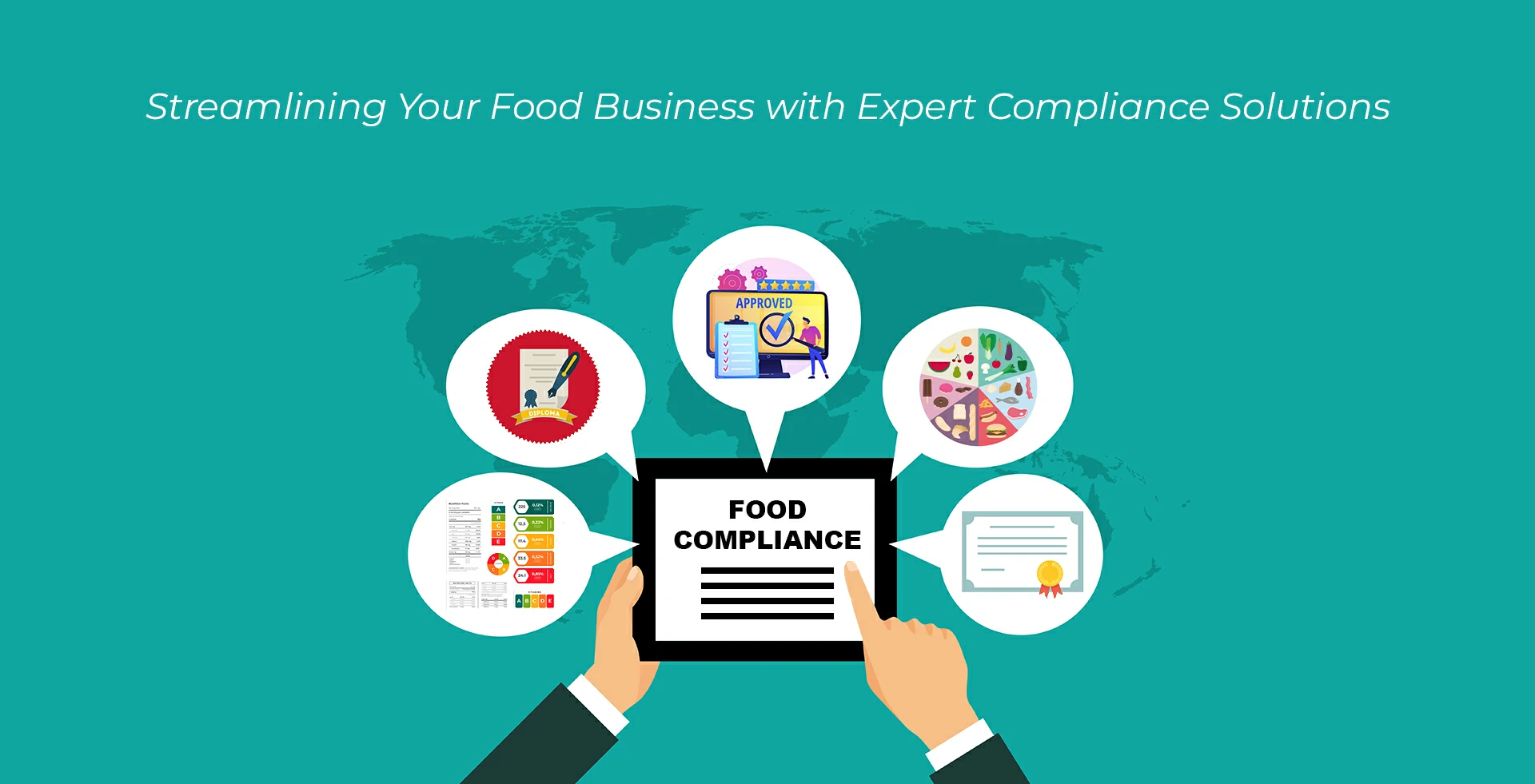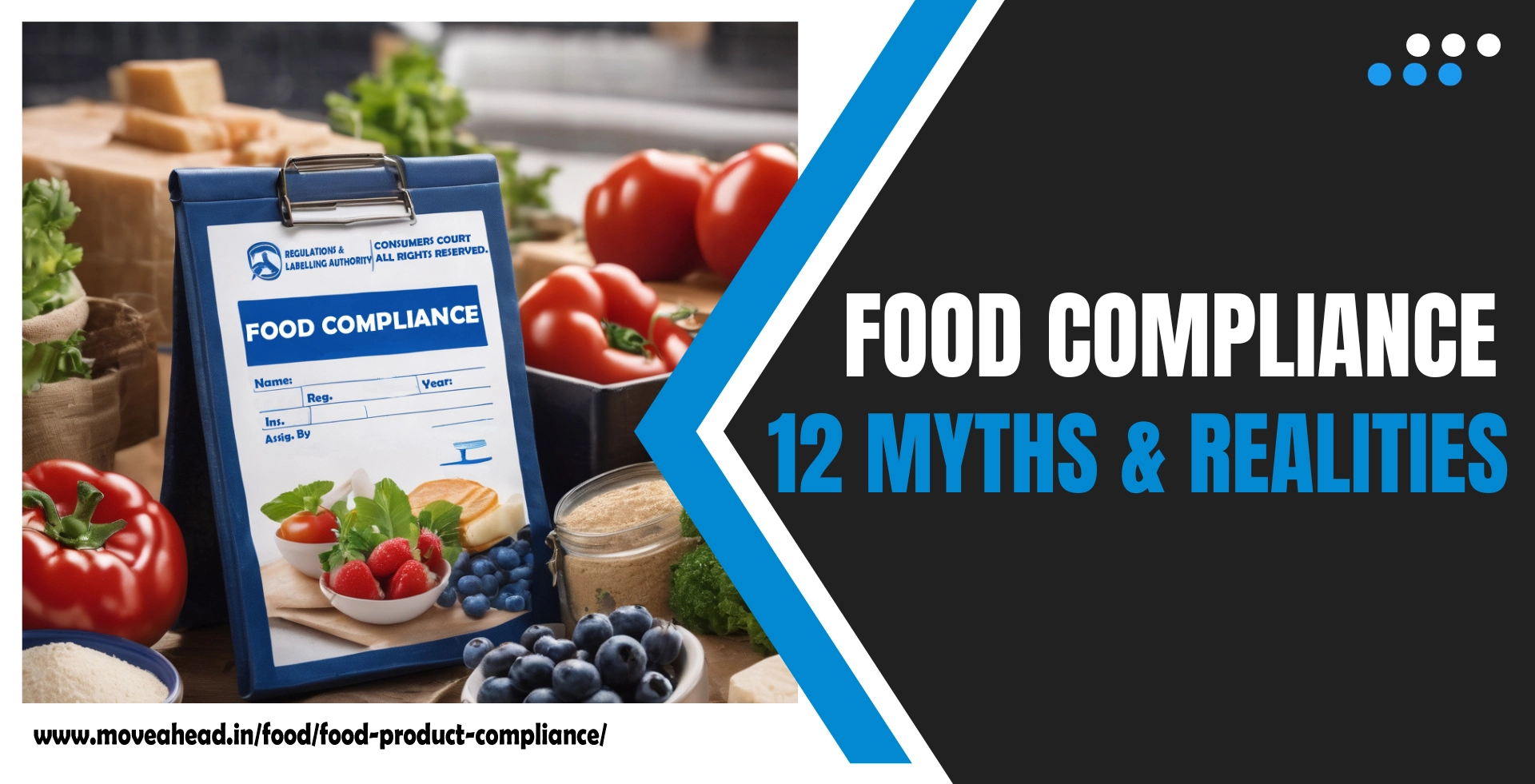Rutf Foods
 22nd February, 2023
22nd February, 2023
Rutf Foods
Every minute, one kid dies from acute malnutrition, in the 15 nations that are most severely affected by the global food and hunger crisis. In addition to this, 13.6 million children were suffering from acute undernourishment prior to the current crisis. An increase in these circumstances has been observed in many areas affected by war and climate shock. So, in order to manage malnutrition, there is a need of Ready-to-Use Therapeutic Foods (RUTF). RUTF is defined as a formulation of nutrients intended primarily for the treatment of severe acute malnutrition (SAM) with no side effects. It is a soft, crushable, or drinkable food that contains a blend of vitamins, minerals, peanuts, butter, vegetable oil, sugar, and powdered milk. Ready-to-Use Therapeutic Food (RUTF) is a WHO recommended option for the dietary management of children aged 6 to 59 months, in accordance with the Joint Statement by the World Health Organization (WHO), the World Food Programme (WFP), the United Nations System Standing Committee on Nutrition (UNSCN), and the United Nations Children's Fund (UNICEF) (2007), and taking note of other appropriate documentation by the WHO and FAO. These foods are vital for the community-based treatment of children with uncomplicated severe acute malnutrition who still have an appetite, as it offer all the nutrients needed for recuperation. Also, even after being opened, it has a very long shelf life, as RUTF is not water based due to which bacteria cannot develop in it, making it safe to use without refrigeration and in areas where hygienic conditions are not proper.
Now talking about the standards, on November 21, 2022, the Codex Alimentarius Commission adopted standards for ready-to-use therapeutic food (RUTF), opening the door for new, cutting-edge iterations of the life-saving foodstuff. These standards address every aspect including nutritional content, labelling requirements, additives, and food safety, including possible bacterial contamination. Now, with the help of these regulations, RUTF has a specific regulatory classification as a food for special medical purposes (FSMP). Following the adoption of the guidelines, a number of developing nations have shown interest in plausibly manufacturing RUTF, which will help to minimise the gap between supply and demand to support the most vulnerable children on earth.





